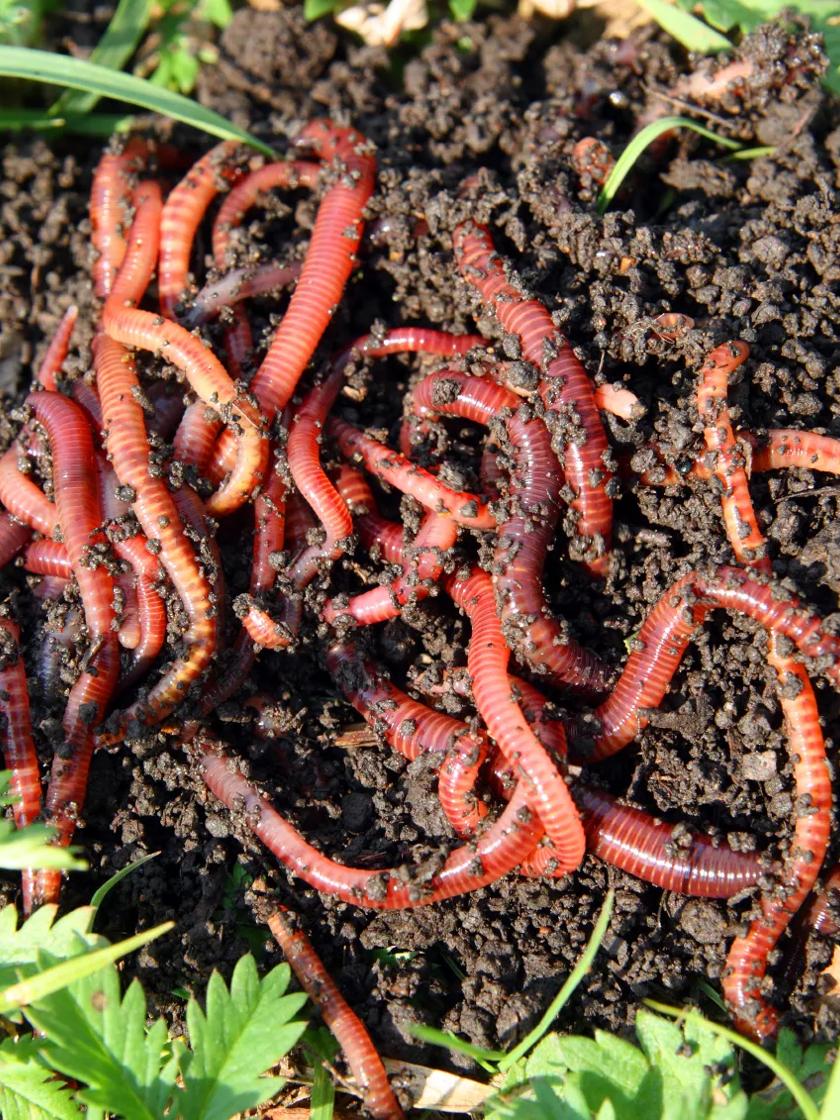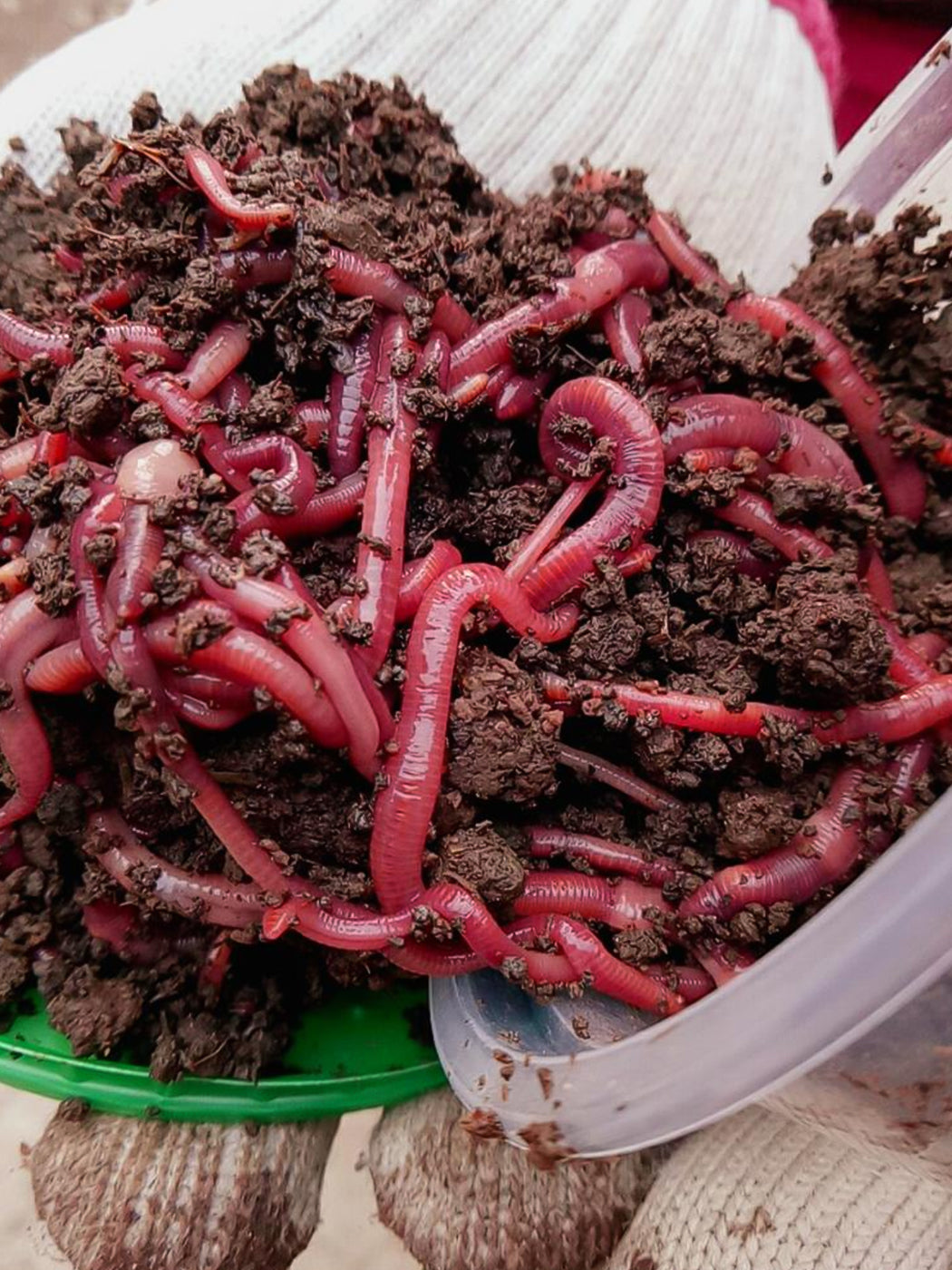Find the Best Products for Lawn Care with Red Wiggler Express for Thriving Lawns
Find the Best Products for Lawn Care with Red Wiggler Express for Thriving Lawns
Blog Article
Exactly How Red Wigglers Can Transform Your Composting Experience
The combination of red wigglers right into composting techniques uses a transformative strategy to throw away management and soil enrichment. Comprehending the specific requirements and benefits connected with preserving a growing worm populace is crucial for maximizing their possibility.
Benefits of Red Wigglers
Red wigglers, scientifically called Eisenia fetida, are a cornerstone of efficient composting systems due to their remarkable capability to break down raw material successfully. These worms master transforming kitchen scraps, lawn waste, and various other organic products into nutrient-rich compost, typically described as worm castings. Lake Hickory Bait. This procedure not only lowers landfill waste yet additionally adds to lasting gardening practices
Among the key benefits of red wigglers is their high reproduction price, allowing them to inhabit a composting setting rapidly. This quick multiplication enhances decay prices, leading to faster compost production. In addition, red wigglers prosper in a diverse series of problems, making them adaptable to numerous composting configurations.

Establishing Up Your Worm Bin
(Charlotte NC Worms For Sale)To produce an effective worm bin for composting, careful interest has to be provided to its layout and atmosphere. An ideal worm bin must be created of materials that are long lasting yet enable for needed airflow, such as plastic or timber. The size of the container can differ, yet a volume of around 1 square foot per pound of worms is a good starting point.
Make certain that the container has water drainage openings to protect against water build-up, which can bring about anaerobic problems destructive to the worms. Furthermore, including air flow holes will certainly help preserve appropriate humidity degrees and oxygen circulation.
Next, it is necessary to provide bedding for the worms, which can consist of shredded paper, cardboard, or coconut coir. This bedding not just uses an environment for the worms however additionally help in wetness retention.
Placement the worm container in a place that maintains a temperature variety of 55-77 ° F(13-25 ° C) to enhance worm task. Avoid positioning the container in direct sunlight or severe temperature levels. By following these standards, you can develop a conducive atmosphere for red wigglers, boosting the efficiency of your composting process.
What to Feed Your Worms

(Lake Hickory Bait)Red wigglers particularly appreciate soft, moist foods like watermelon rinds, cucumber peels, and banana peels. Nonetheless, it is crucial to stay clear of feeding them citrus fruits, onions, and garlic, as these can be harmful to their well-being. In addition, prepared foods, milk products, and meat should be strictly stayed clear of, as they can cause odors and attract parasites.
Offering a regular feeding timetable will assist keep your worm population growing while boosting the overall effectiveness of your composting efforts. By comprehending what to feed your worms, you lay the foundation for an effective and lasting composting experience.
Keeping a Healthy And Balanced Environment
Producing a flourishing composting setting for red wigglers calls for interest to their environment, as it straight affects their wellness and performance. The excellent habitat needs to keep a well balanced moisture level, normally between 60-70%. Extreme moisture can bring about anaerobic conditions, while not enough moisture may dehydrate the worms.

The bedding material in the garden compost need to vary and shredded, incorporating products like cardboard, newspaper, and coconut coir. This not only offers a comfortable environment but also offers as a food resource. Lake Hickory Bait. On a regular basis looking for odors or indicators of pests can help determine potential problems prior to they escalate
Lastly, keeping a well balanced pH level, ideally in between 6 and 7, guarantees a conducive environment for red wigglers, cultivating their capability to procedure raw material properly. By resolving these variables, you can develop a lasting and efficient composting environment.
Harvesting and Making Use Of Compost
Harvesting compost from a worm bin is a rewarding procedure that transforms organic waste right into nutrient-rich product for yards and plants. Once the composting cycle is total, usually after 8-12 weeks, it's time to accumulate the vermicompost. The initial step includes dividing the red wigglers from the ended up compost. This can be done making use of approaches such as the "light" method, where worms are drawn in to light and can be scooped away from the top layers, or by moving the compost to one side of the container and adding fresh bed linen to the opposite, motivating the worms to move.
When the worms are eliminated, the staying garden compost can be sifted to remove any larger bits or undecomposed product. The end product ought to have a dark, crumbly appearance and a positive natural smell, suggesting that it awaits use. This abundant garden compost can be used straight to yard beds, blended into potting soil, or utilized as a top dressing for potted plants. By incorporating vermicompost right into your gardening methods, you not just improve soil fertility but additionally advertise healthy and balanced plant development and lasting horticulture techniques.
Verdict
Including red wigglers right into composting methods significantly boosts the decomposition procedure and contributes to the manufacturing of nutrient-rich vermicompost. The resulting worm spreadings improve dirt structure, fertility, and microbial activity, ultimately advertising much healthier plant growth.
Report this page